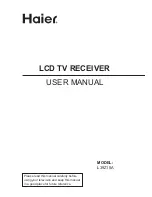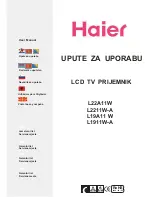
ENGLISH
45
REFERENCES
Continued on the next page
Symptoms
Remedies/Causes
USB device
• Noise is generated.
• The track played back is not a playable file format
(MP3/WMA/AAC/WAV). Skip to another file.
• Do not add the extension code <.mp3>, <.wma>,
<.m4a>, or <.wav> to non-MP3/WMA/AAC/WAV
tracks.
• Tracks cannot play back as you have
intended them to play.
Playback order may differs from the one played back
using other players.
• “Reading” keeps flashing on the display.
• Readout time varies depending on the USB device.
• Do not use too many hierarchy, folders and empty
folders.*
• Turn off the power then on again.
• Do not pull out or connect the USB device repeatedly
while “Reading” is displayed on the display.
*
Folder that is phisically empty or folder that contains
data but does not contain valid MP3/WMA/AAC/WAV
track.
• “No File” flashes on the display.
• “No USB” appears on the display.
Connect a USB device that contains tracks encoded in an
appropriate format.
• “Not Support” appears on the display and
track skips.
The track is unplayable.
• “Read failed” appears on the display.
The connected USB device may be malfunctioning,
or may not have been formatted correctly. The files
included in the USB device are corrupted.
• Correct characters are not displayed (e.g.
album name).
For available characters, see page 37.
• While playing a track, sound is sometimes
interrupted.
The tracks have not been properly copied into the USB
device. Copy tracks again into the USB device, and try
again.
• The sound is interrupted or skipped during
playback of a USB device.
• Turn off, then turn on the unit.
• Connect the device again, when the sound is not yet
restored.
EN38-45_KD-ABT22[J]f.indd 45
EN38-45_KD-ABT22[J]f.indd 45
1/2/08 10:13:01 AM
1/2/08 10:13:01 AM
















































